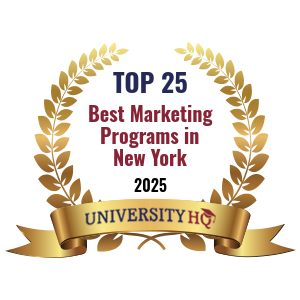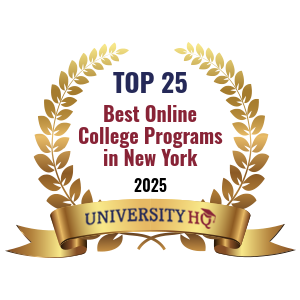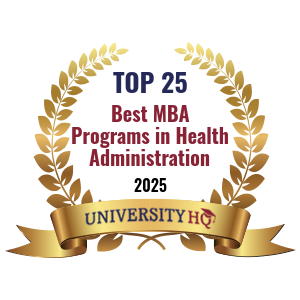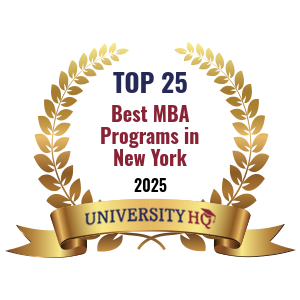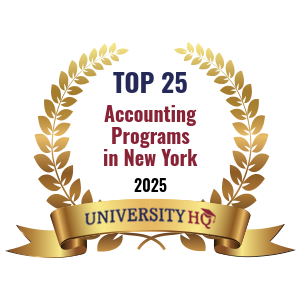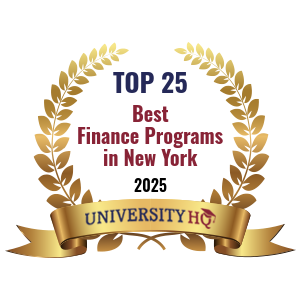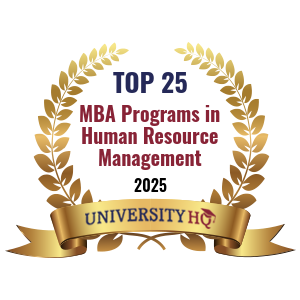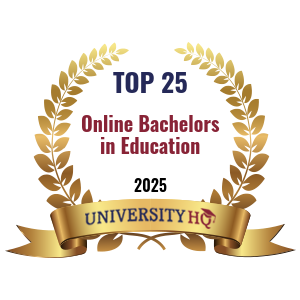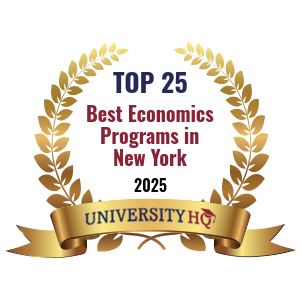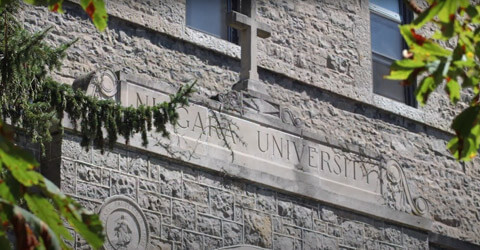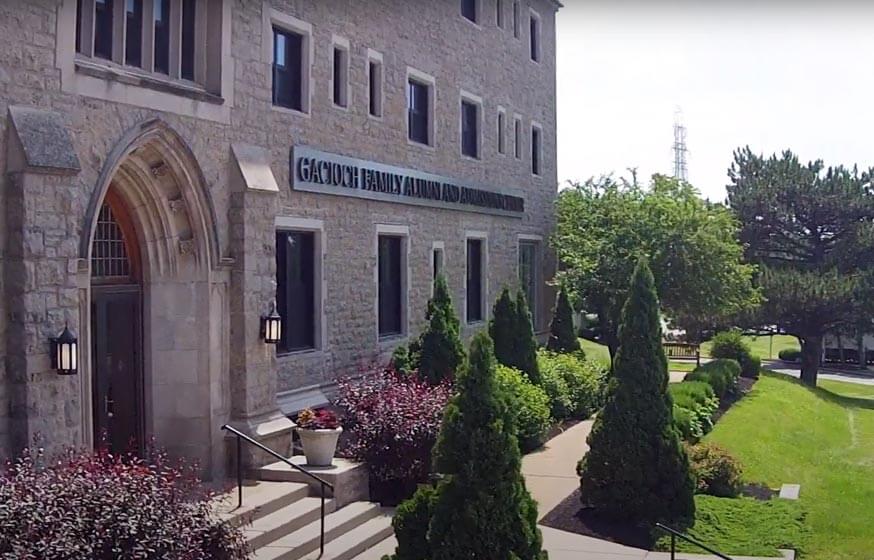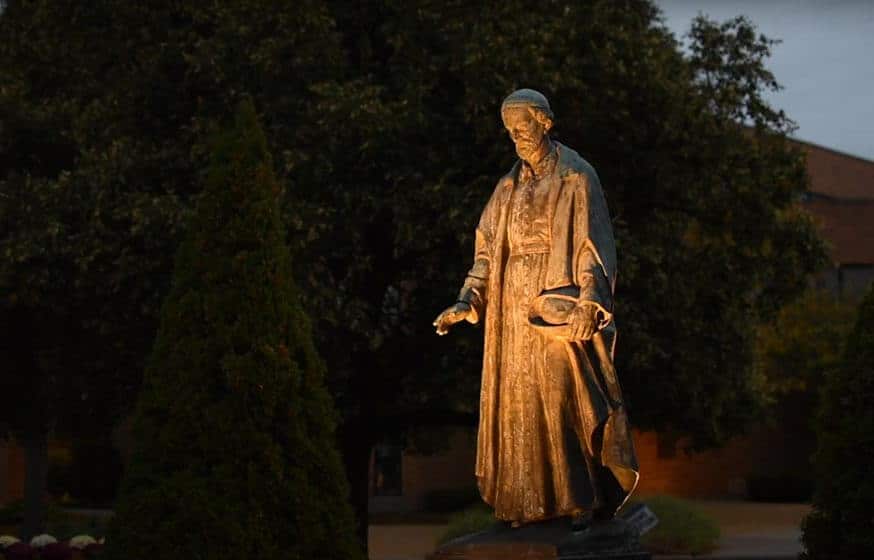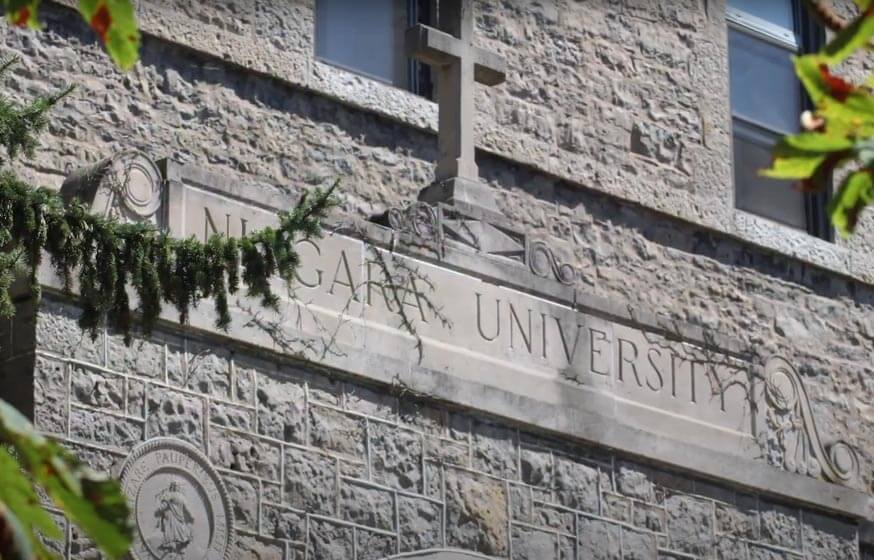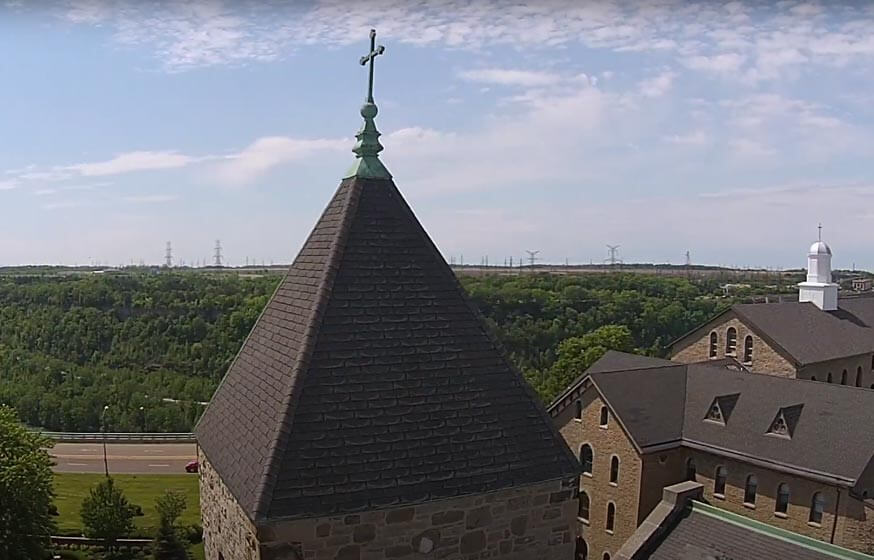University Headquarters (HQ) is an industry-leading, independent educational organization that provides independent college rankings using a proprietary formula to create first class unbiased rankings. The team at University HQ strives to provide accurate and trustworthy rankings that highlights the best programs.
Get Matched With Online Colleges
If you attend this school, you can look all around you and take in the beauty that is the Niagara area of New York state. To the north of you, the borders of the United States and Canada meet in the center of Lake Ontario. There’s an interesting feature to the landscape just to the west of Niagara County where Canada loops around to the south shore of Lake Ontario and meets up with the US and Niagara County, which means your school is right by the borders of both countries. You’ll be able to easily take a tour of Niagara Falls and get to a variety of cities in New York state.
Search All Programs
Overview of Niagara University
Returning to the campus, Niagara University is small, with a compact footprint that you’ll be able to walk through easily as you attend your classes. The university is affiliated with the Roman Catholic Church. To the immediate west of the campus, the Niagara Scenic Parkway and Lewiston road send traffic driving by.
You’ll be able to reserve a dorm room and live on campus and this is an ideal way for you, as a freshman, to adjust to a new school and living situation. You’ll be one of nearly 4,000 students who enroll at Niagara University each year.
General Information
| School Type | Private not-for-profit |
|---|---|
| Campus Setting | Suburb: Large |
| Campus Housing | Yes |
| Student Faculty Ratio | 11:1 |
| Graduation Rate | 73% |
| Year Founded | 1856 |
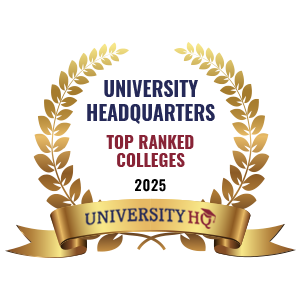
Student Enrollment
Total Students3,723
2,808
915
Undergraduate Student
Male 1,011
Female 1,797
Graduate Student
Male 329
Female 586
Explore Map
Top Rankings For Niagara University
Niagara University Acceptance Rate & Admissions
APPLICATIONS3,660
ACCEPTANCE3,257
Acceptance Rate89%
Enrollment 619
| Admissions | |
|---|---|
| Application Fee | NA |
| High School GPA | Required |
| High School Rank | Recommended |
| High School Transcripts | Required |
| College Prep Courses | Recommended |
| Recommendations | Recommended |
| SAT/ACT | Considered But Not Required |
| TOEFL (Test of English as a Foreign Language) | Required |
| Application Deadline | August 30 |
| Common Application Accepted | Yes |
Niagara University Tuition Cost & Financial Aid
Going to college isn’t cheap, any way you look at it. But, if you look at the eventual return on investment (ROI) that you’re going to gain, you and your parents may be better able to handle the final cost. The total cost combines from tuition, books, supplies, room and board, lab fees, and other various charges. Altogether, that price is around $49,600 for most students.
You and your parents probably won’t need to pay every penny of that. Instead, financial aid may be able to pay for a large portion of your education, and whatever remains is called the average net price. As of a recent academic year, the average net price was $18,462. However, this will change based on your family’s income because that is how eligibility for financial aid is determined. In a recent academic year, families earning between $30,001 and $48,000 paid around $14,145. Families earning between $75,001 and $110,000 paid around $21,864. Other families falling into various income levels paid varying amounts based on the financial aid they were able to receive.
Almost every freshman student qualified for financial aid. As many as 99% received an average of $28,368 in grants and scholarships. The same percentage received about $24,999 in institutional grants and scholarships.
| Average net price | 2018-2019 |
|---|---|
| Net Price | $18,462 |
| Average Total Aid | $28,368 |
| Students Receiving Financial Aid | 99% |
| Room & Board | $11,700 |
Sticker Price
- Tuition In-State - $34,510
- Tuition Out-of-State - $34,510
- Books and Supplies - $1,250
- Room & Board - $11,700
- Other - $2,200
Academics
During your freshman year, you might end up asking yourself whether you’re going to stay at Niagara University or transfer to another college. If you do decide to stay, you’ll be included in the retention rate, which is the percentage of first-year students who return to the university for their second year of school. Here, the retention rate is 87%, which is excellent and indicates that nearly all students who attend this school think that their classes, teachers, and culture is good enough to warrant coming back for another year.
If you need to take an evening class or even access a class through online learning, your decision to stay might be even easier. If you find that one of your class times conflicts with another class or you are busy with work during one of those classes, rather than drop the class and hope you can pick it up in another semester, you can just pick up another section that offers either evening meeting times or an online option, which are both available for many classes.
The 4-year graduation rate is 66% and the 6-year rate is 73%, which are both at or above the national average. This may be due to the low student-to-faculty ratio of 11 to 1.
The most popular degree programs here are business, management, marketing and related support services; education and social sciences; health professions and related programs; and biological and biomedical sciences.
Retention
Rate
4 year
Graduation
Rate
6 year
Graduation
Rate
Student Population Total
Student Population 3,723
2,808
915
Most Popular Programs & Majors
(# of Diplomas Awarded by Subject)
| All Business Majors | 228 Total Graduates / 28% |
|---|---|
| Business Administration and Management, General | 68 Graduates |
| Accounting | 49 Graduates |
| Hotel, Motel, and Restaurant Management | 28 Graduates |
| Marketing/Marketing Management, General | 27 Graduates |
| All Education Majors | 200 Total Graduates / 25% |
| Education, General | 135 Graduates |
| Elementary Education and Teaching | 21 Graduates |
| Education/Teaching of Individuals in Elementary Special Education Programsy | 16 Graduates |
| English/Language Arts Teacher Education | 9 Graduates |
| All Social Sciences Majors | 84 Total Graduates / 10% |
| Criminology | 56 Graduates |
| Political Science and Government, General | 13 Graduates |
| Sociology | 8 Graduates |
| International Relations and Affairs | 7 Graduates |
| Health Professions and Related Programs | 67 Total Graduates / 8% |
| Registered Nursing/Registered Nurse | 67 Graduates |
| All Biological & Biomedical Majors | 41 Total Graduates / 5% |
| Biology/Biological Sciences, General | 37 Graduates |
| Biochemistry | 3 Graduates |
| Biological and Biomedical Sciences, Other | 1 Graduates |
| All Other Diplomas | 24% |
Outcome & Salary
Once you take your walk across the stage at your commencement, you’ll be walking right into a new career. A graduate’s early-career salary averages around $45,100 and their mid-career salaries are closer to $86,300.
Remember this dollar figure: $73,848. This is the 4-year cost of education, which affects your return on investment (ROI). Your 10-year salary earnings potential as a graduate will be $589,260 and your 20-year salary potential will be $1,452,260. Once you subtract your cost of education, your 10-year projected ROI is $515,412 and your 20-year projected ROI is $1,378,412.
This compares to the national average salary of a high school graduate, which is $38,792. Their 10-year projected income is $387,920 and their 20-year projection is $775,840.
| Graduates Salary | |
|---|---|
| College Grads Early Career Salary | $45,100 |
| College Grads Average Salary | $58,926 |
| College Grads Mid Career Salary | $86,300 |
| Return on Investment (ROI) | |
|---|---|
| 10 Year Salary Earnings Potential | $589,260 |
| 20 Year Salary Earnings Potential | $1,452,260 |
| Cost of Education (Net Price) 4 Year | $73,848 |
| 10 Year Projected ROI | $515,412 |
| 20 Year Projected ROI | $1,378,412 |
| No College Education Salary Comparison | |
|---|---|
| National Average Salary | $38,792 |
| 10 Year Projected Income | $387,920 |
| 20 Year Projected Income | $775,840 |
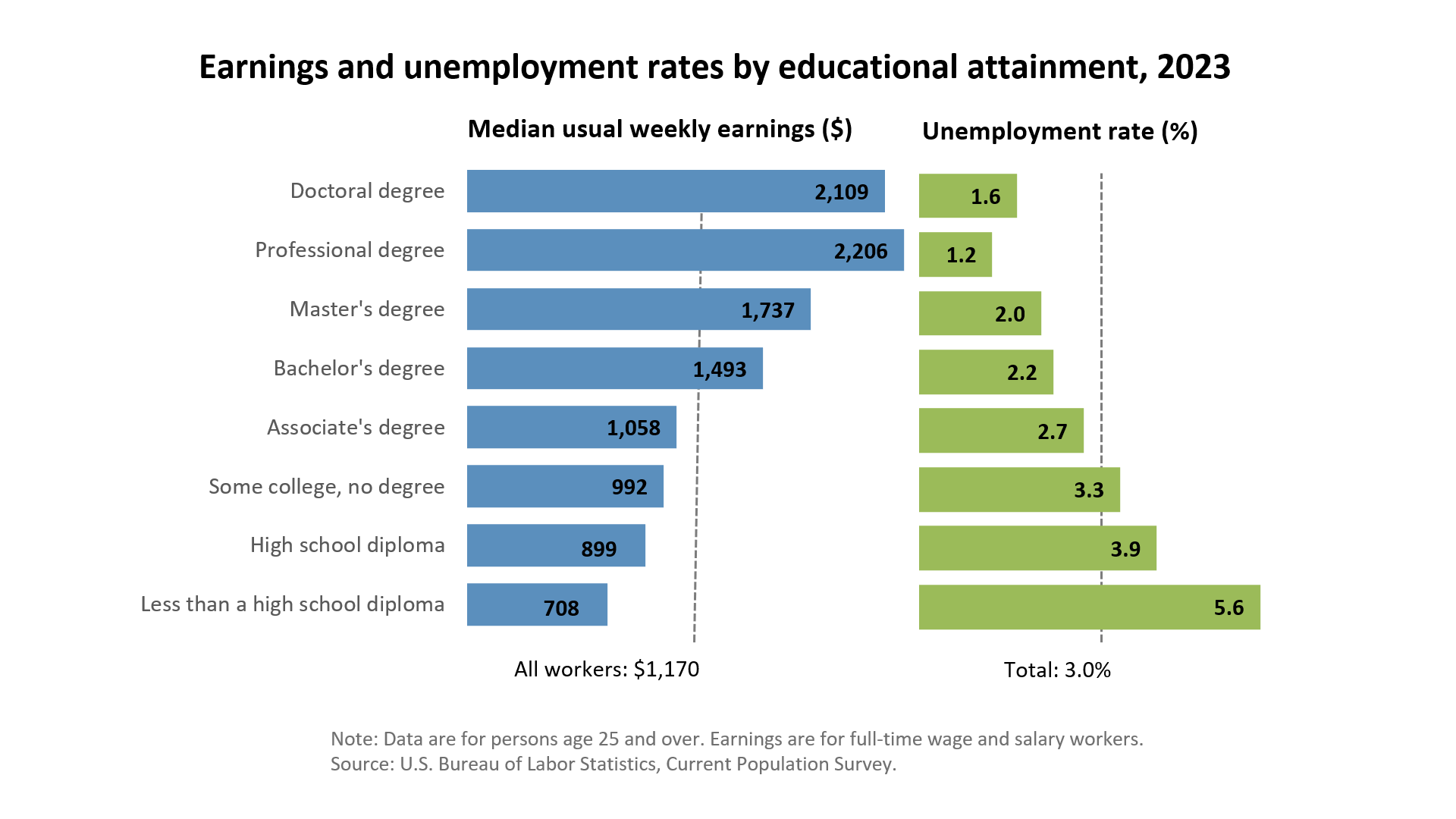
Related Top College Resources


